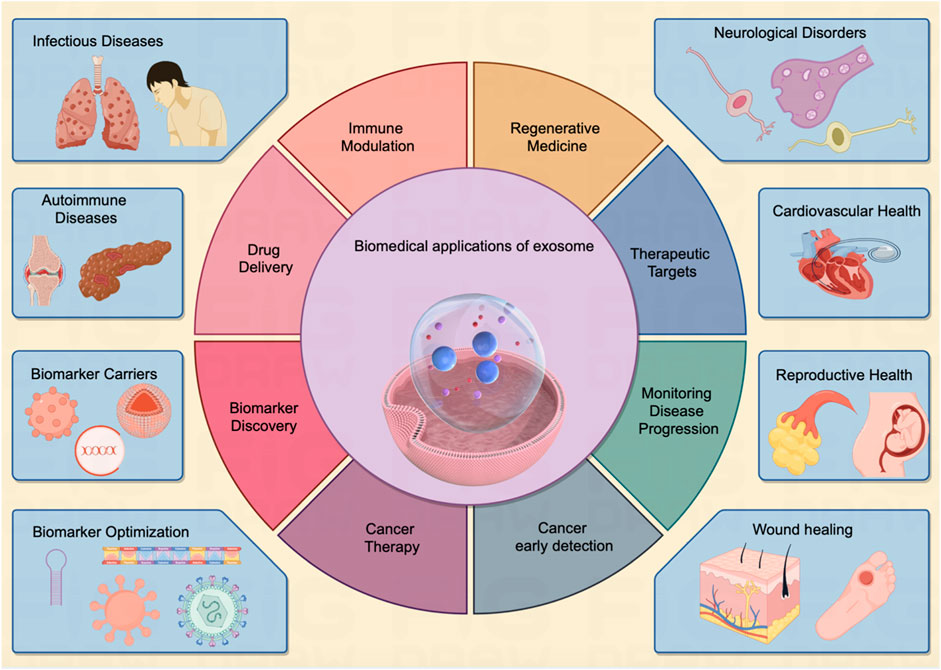Report on the Neurological and Metabolic Impact of Artificial Sweeteners in the Context of Sustainable Development Goal 3
This report examines recent scientific findings on the effects of artificially sweetened beverages on human health, with a specific focus on the implications for achieving Sustainable Development Goal 3 (SDG 3), which aims to ensure healthy lives and promote well-being for all at all ages. The widespread consumption of these products as a perceived healthier alternative to sugary drinks places this issue at the intersection of consumer choice, public health, and the global effort to combat non-communicable diseases (NCDs) as outlined in SDG Target 3.4.
Consumer Trends and Public Health Alignment
A significant portion of the population consumes diet sodas and other products containing artificial sweeteners. The primary motivations for this consumption pattern include:
- Reduction of caloric and sugar intake.
- Management of body weight.
- Prevention and management of metabolic conditions such as diabetes.
These consumer choices are ostensibly aligned with the objectives of SDG 3, particularly the target to reduce premature mortality from NCDs through prevention. However, emerging research complicates the role of these sweeteners in promoting long-term health and well-being.
Physiological Response to Sweeteners: A Comparative Analysis
The human body’s response to caloric sweeteners versus non-caloric artificial sweeteners differs significantly, particularly in the neural pathways that regulate hunger and satiety. Understanding this difference is critical for evaluating the contribution of these products to public health outcomes under SDG 3.
The Standard Metabolic Feedback Loop (Glucose)
When a substance with calories, such as sugar (glucose), is consumed, the body initiates a well-defined metabolic cascade to manage the incoming energy. This process is fundamental to healthy metabolic function.
- Glucose is absorbed into the bloodstream.
- The gut releases satiety hormones, including GLP-1 and leptin.
- The pancreas secretes insulin to facilitate glucose uptake by cells.
- These hormonal signals are transmitted to the hypothalamus, the brain’s primary hunger-regulating center.
- Hypothalamic activity decreases, signaling fullness and satisfaction, thereby regulating food intake.
Disruption of the Feedback Loop by Artificial Sweeteners (Sucralose)
Research utilizing functional MRI (fMRI) scans reveals that artificial sweeteners like sucralose disrupt this critical feedback mechanism. According to Dr. Kathleen Page, an endocrinologist at the University of Southern California, the brain’s response is markedly different.
- With Glucose: Hypothalamic activity decreases, which is a biomarker associated with satiety.
- With Sucralose: The sweet taste is registered, but the expected caloric energy and subsequent hormonal signals do not follow. Instead of decreasing, activity in the hypothalamus appears to increase.
This heightened hypothalamic activity is interpreted as a potential biomarker for hunger, suggesting that artificial sweeteners may stimulate, rather than suppress, the urge to eat. This neurological rewiring could inadvertently undermine efforts to manage weight and diet.
Implications for Sustainable Development Goal 3: Good Health and Well-being
The findings present a significant challenge to the assumption that artificially sweetened products are a straightforward tool for improving public health. The potential for these substances to dysregulate the brain’s hunger signaling system has direct implications for achieving SDG 3.
If diet beverages stimulate appetite, they may not be effective aids for weight loss and could potentially complicate efforts to prevent obesity and related NCDs. This underscores the need for further research and clearer public health guidance to ensure that consumer choices and dietary recommendations genuinely support the goal of promoting good health and well-being for all.
Which SDGs are addressed or connected to the issues highlighted in the article?
SDG 3: Good Health and Well-being
- The article directly addresses health by discussing how people consume diet sodas to “manage their weight, or make healthier choices.”
- It explores the potential negative health impacts of artificial sweeteners, including their “possible link to cancer,” “poor gut health,” and their effect on the brain’s hunger regulation, which is central to preventing obesity and related non-communicable diseases.
- The research mentioned focuses on physiological responses to sweeteners, such as changes in the hypothalamus, which is fundamental to understanding human health and well-being.
What specific targets under those SDGs can be identified based on the article’s content?
Target 3.4: By 2030, reduce by one third premature mortality from non-communicable diseases through prevention and treatment and promote mental health and well-being.
- The article’s core theme is the effectiveness and potential side effects of a common strategy used for weight management—consuming artificially sweetened beverages. Weight management is a key preventative measure against non-communicable diseases (NCDs) like diabetes and cardiovascular conditions, which are linked to obesity.
- The discussion on how sucralose might “rewiring how the brain regulates hunger” and potentially undermine weight loss efforts is directly relevant to the “prevention” aspect of this target. If diet sodas do not support weight loss as intended, it complicates public health strategies aimed at reducing NCDs.
Are there any indicators mentioned or implied in the article that can be used to measure progress towards the identified targets?
- Prevalence of overweight and obesity: This is an implied indicator. The article’s focus on products used to “manage their weight” suggests that the prevalence of overweight and obesity is the underlying health issue being addressed. Measuring this prevalence is key to tracking progress against NCDs.
- Consumption of artificially sweetened beverages: The article explicitly mentions that “Millions of people reach for diet sodas each day.” The level of consumption of these products can be used as an indicator to understand dietary patterns and the scale of exposure to artificial sweeteners within a population.
- Biomarkers of satiety signaling: The article specifically mentions a scientific indicator used in research: “functional MRI scans showing activity in the hypothalamus.” Dr. Kathleen Page refers to this activity as a potential “biomarker of satiety signaling.” This serves as a direct, measurable indicator of the physiological effects of sweeteners on the brain’s hunger regulation system.
SDGs, Targets and Indicators Analysis
| SDGs | Targets | Indicators |
|---|---|---|
| SDG 3: Good Health and Well-being | Target 3.4: By 2030, reduce by one third premature mortality from non-communicable diseases through prevention and treatment and promote mental health and well-being. |
|
Source: nationalgeographic.com







